
Telescope: Astro-Tech 8” f/8 Ritchey-Chretien, Orion Atlas EQ-G
Camera: Canon EOS Ra, Baader Mk III MPCC, GSO IR Blocking Filter
Guide scope: Astro-Tech 60mm, ZWO ASI120MM mini, PHD2
Exposure: 78x60sec, gain ISO 1600 saved as RAW, dithered every 2 images
Darks: Internal
Flats: 32x1sec, Tee shirt flats taken at dusk
Average Light Pollution: Red zone, Bortle 8, fair transparency
Lensed Sky Quality Meter: 18.6
Stacking: Average, 1 sigma clip
White Balance: Nebulosity Automatic
Software: Backyard EOS, Deep Sky Stacker, Nebulosity, Photoshop
NGC 4565 is a relatively bright edge-on spiral galaxy in Coma Berenices. Glowing at a visual magnitude 9.6 it makes a fine target for modest size telescopes. It is thought that our own Milky Way galaxy would appear similar to the Needle Galaxy when viewed edge-on. It’s neat to see how these big beautiful spirals that appear so expansive when viewed face-on are actually relatively thin when viewed edge-on. NGC 4565 also shows a prominent dust lane common to most spiral galaxies. This galaxy is currently well placed in the evening sky on the northern fringe of the Melotte 111 star cluster, itself a beautifully rich region in binoculars and small telescopes.
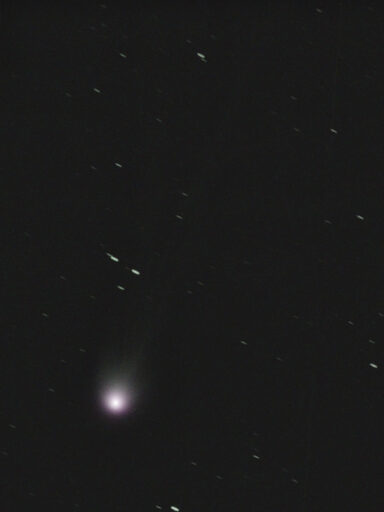
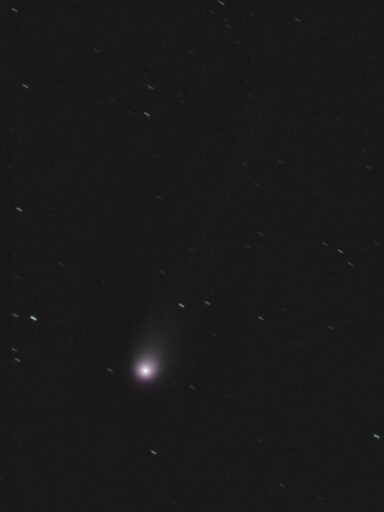
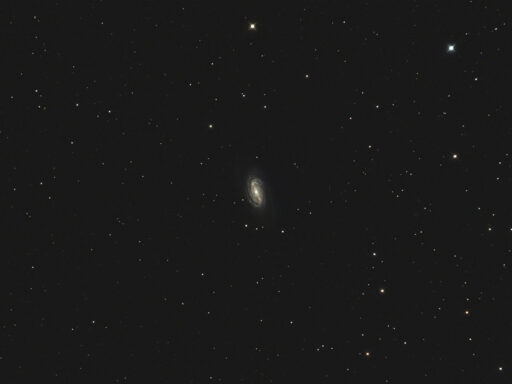
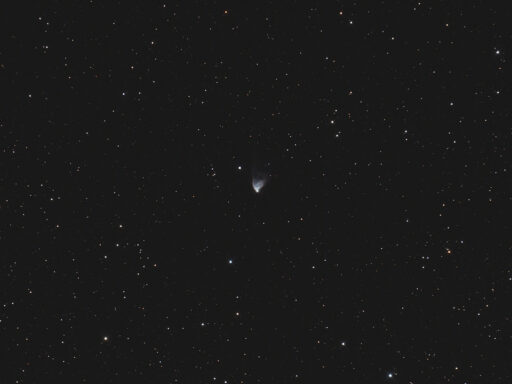
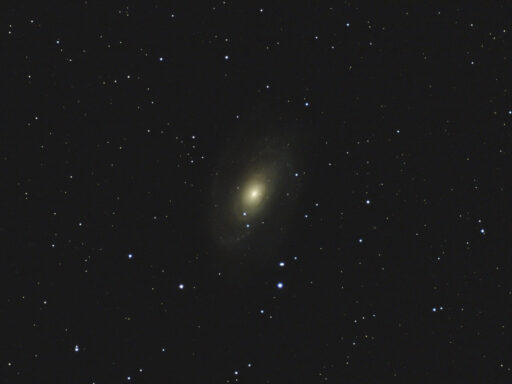
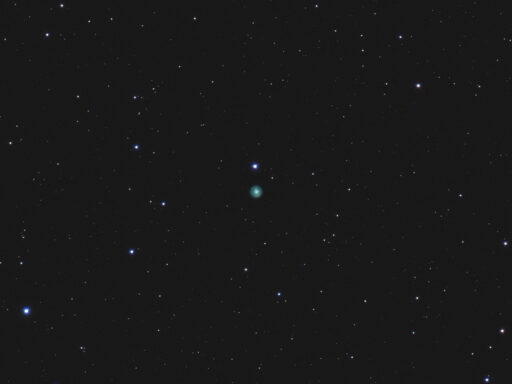
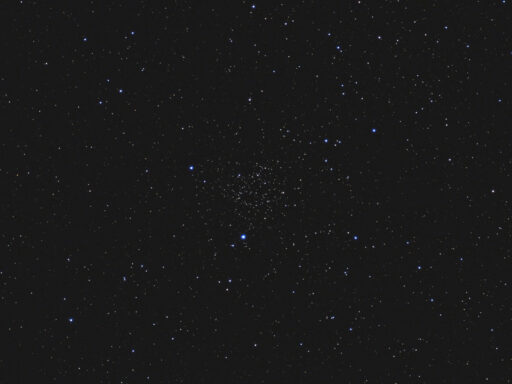
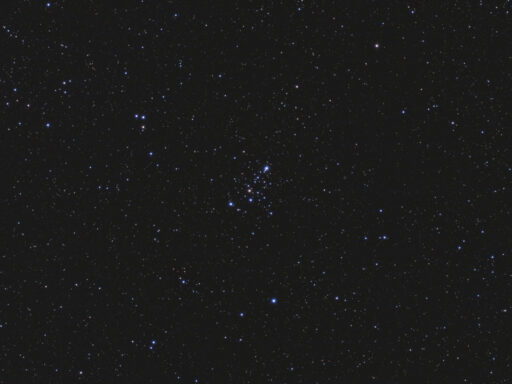
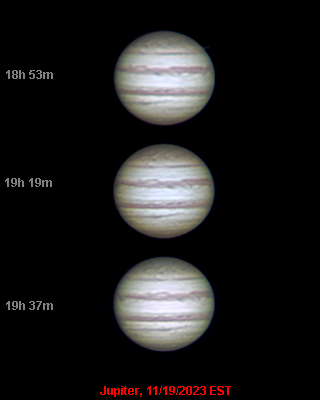
Recent Comments